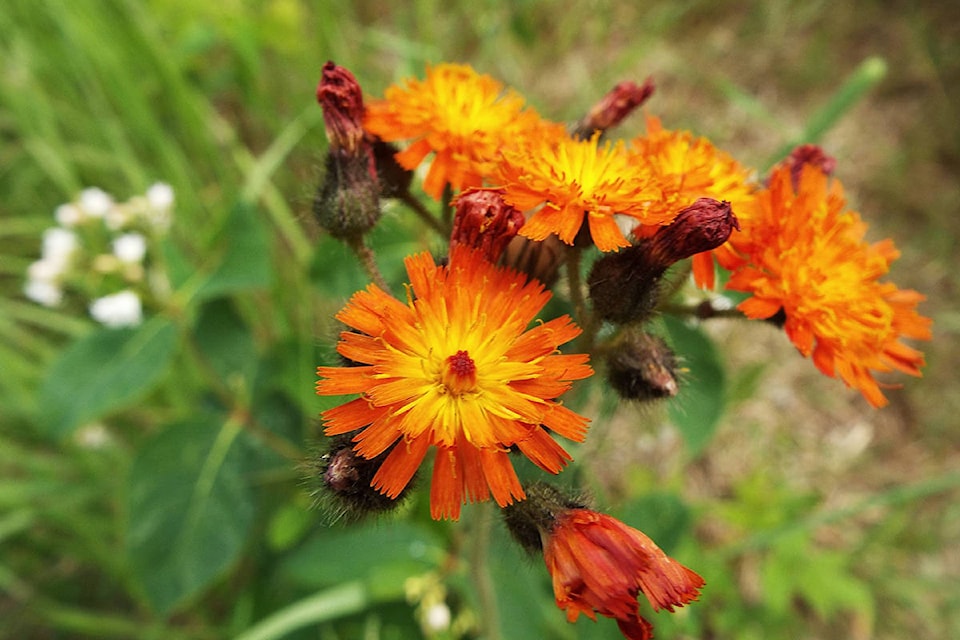The Cariboo Regional District (CRD) will receive $693,000 a year from the Government of British Columbia to help combat the invasive plants in the Cariboo-Chilcotin area.
“It is extremely necessary [the funding] so that we can make sure we are managing invasive plants species on Crown land within the area that limits the impact on our private landowners within the region,” said Emily Sonntag, the CRD’s invasive plants coordinator.
Margo Wagner said the CRD expects an increase in invasive plants due to the wildfires.
“The forest fires are going to be an issue for the next number of years due to the disturbance that was there and the fact that there was such a vast area burned, so it’s going to be very important over the next numbers of years to be monitoring and doing treatments as soon as possible,” agreed Sonntag.
The government will be giving the CRD the funding up front for periods up to three years in multi-year funding, instead of on a year-to-year basis they did in the past.
“It gets us out there a lot earlier. The stable funding is extremely welcome and we’re very happy about it,” said Sonntag.
The funding level is the same but the multi-year deal gives them more time to plan and roll out educational and other programs to help deal with the invasive plants in the South Cariboo.
Invasive species have spread into British Columbia from outside the province and displace native vegetation. This in turn can cause environmental and economic damage and in the worse case, create health risks for humans and animals alike as they disrupt ecosystems, alter soil chemistry and increase soil erosion and reduce biodiversity in the area.
According to Wagner and Sonntag, one of the reasons for this is because people have been buying some of the plants or seeds at greenhouses in the lower mainland and bring them up here and plant them on private property.
“They got recreational properties up here and they plant them and they’re actually an invasive species and that is a problem for us because they spread like wildfire,” said Wagner.
As of right now, there are no regulations against this in place but the CRD are working on educational and awareness programs to help with the issue. The CRD also has a contract with the Invasive Species Council of BC and are working together on the issue of invasive species within the region.
Hoary alyssum is one of the plants more common to the Cariboo and can be found on roadsides, railway embankments and heavily grazed pastures. It’s identifying features are small white flowers with deeply notched petals.
According to the Invasive Species Council of BC, the hoary alyssum produces a large number of seeds between summer and fall which disperse and spread rapidly, through various methods.
The plant is toxic to horses and the sensitivity varies by doses ingested. It can cause fever, edema and laminitis and has only caused death if a horse has consumed hay infested with hoary alyssum with a proportion of 30-70 per cent.
Three other common plants in the area are the spotted and diffuse knapweed and common tansy.
For more information on identifying invasive species in the South Cariboo go to www.bcinvasives.ca or www.cariboord.ca/services/invasive-plants/invasive-plants-2.
